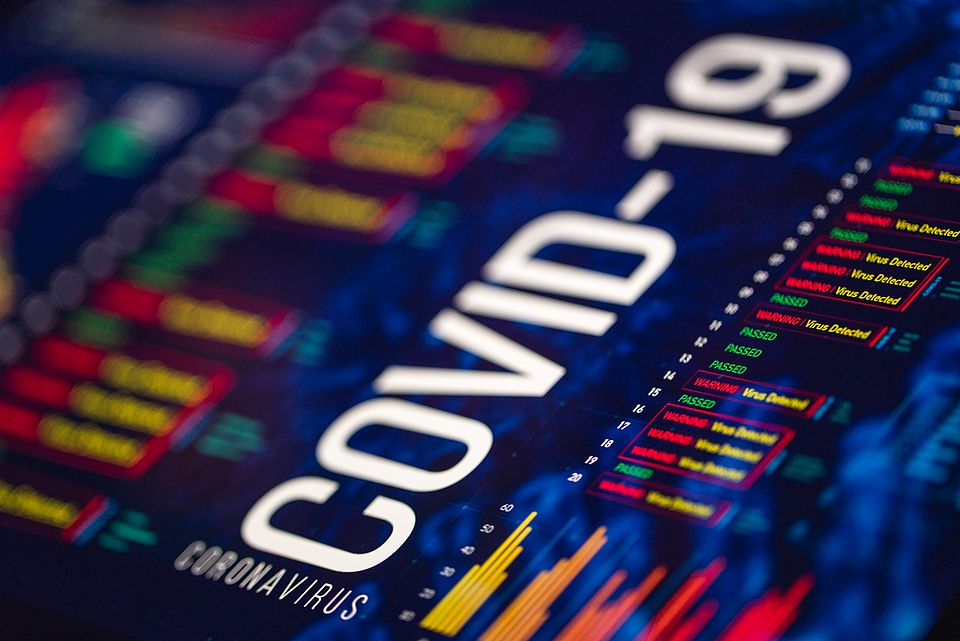The COVID-19 Stockmarket Downturn: Expected Growth or Discount Rate?

Date Written: June 15, 2020
We use the Gordon (1959) constant growth model to explain stock returns of S&P500 index constituents during the Covid-19 implied market downturn and subsequent V-shaped recovery. Stock returns are largely affected by a change in the implied growth rate w and only to a lesser extent by a change in discount rate k, the latter typically used to explain stock returns in the classical asset pricing literature. We reach this conclusion by using ordinary least squares (OLS) regressions of stock returns on the unobservable Gordon factors, which we estimate from firm level valuation ratios D/P, P/E and P/B. The effects from a decrease in implied growth outweigh those from an increase in discount rate by a factor of approximately 1.6 to 1.7, implying the Covid-19 stock market downturn is of long-term rather than transitory character. We evaluate the performance of the Gordon factors for an early period of the Global Financial Crisis (GFC) and find strong support for our observations.
Keywords: Stock market valuation, Covid-19 stock market downturn, valuation multiples, Gordon model
JEL-Classification: G12, G32, E44